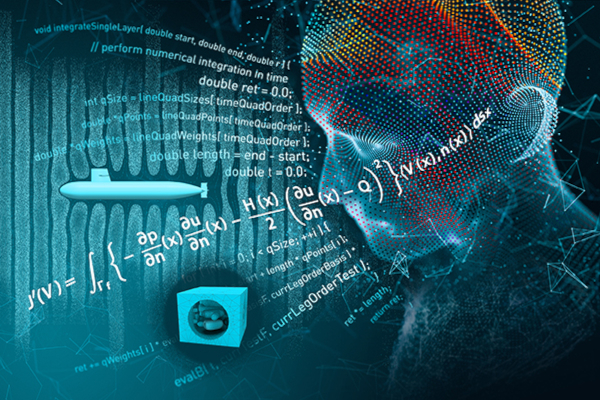Lectures (topics):
1. Frequent patterns in data.
2. Exploratory data analysis.
3. Representative clustering, Hierarchical clustering.
4. Clustering based on data density, cluster validation.
5. Special clustering methods, detection of outliers.
6. Linear classifiers (Linear discriminant analysis, Naive Bayes, Logistic regression).
7. Decision trees, rule classification.
8. Support Vector Machine, Kernel methods.
9. Neural networks.
10. Regression methods and Advanced methods in data classification.
11. Validation of classification algorithms.
12. Time series analysis.
Exercises in the computer room (topics):
1. Implementation of the APRIORI method for searching for rules in data.
2. Exploratory analysis of data over a real dataset using appropriate tools.
3. Implementation of hierarchical clustering - Agglomerative clustering.
4. Implementation of DBSCAN algorithm.
5. Real example of clustering - independent work on exercises.
6. Dimension reduction.
7. Implementation of decision tree.
8. Testing the Support Vector Machine method over real data.
9. Neural networks.
10. Regression methods.
11. Ensemble methods and their use.
12. Classification - real example.
13. Time series analysis.
1. Frequent patterns in data.
2. Exploratory data analysis.
3. Representative clustering, Hierarchical clustering.
4. Clustering based on data density, cluster validation.
5. Special clustering methods, detection of outliers.
6. Linear classifiers (Linear discriminant analysis, Naive Bayes, Logistic regression).
7. Decision trees, rule classification.
8. Support Vector Machine, Kernel methods.
9. Neural networks.
10. Regression methods and Advanced methods in data classification.
11. Validation of classification algorithms.
12. Time series analysis.
Exercises in the computer room (topics):
1. Implementation of the APRIORI method for searching for rules in data.
2. Exploratory analysis of data over a real dataset using appropriate tools.
3. Implementation of hierarchical clustering - Agglomerative clustering.
4. Implementation of DBSCAN algorithm.
5. Real example of clustering - independent work on exercises.
6. Dimension reduction.
7. Implementation of decision tree.
8. Testing the Support Vector Machine method over real data.
9. Neural networks.
10. Regression methods.
11. Ensemble methods and their use.
12. Classification - real example.
13. Time series analysis.
